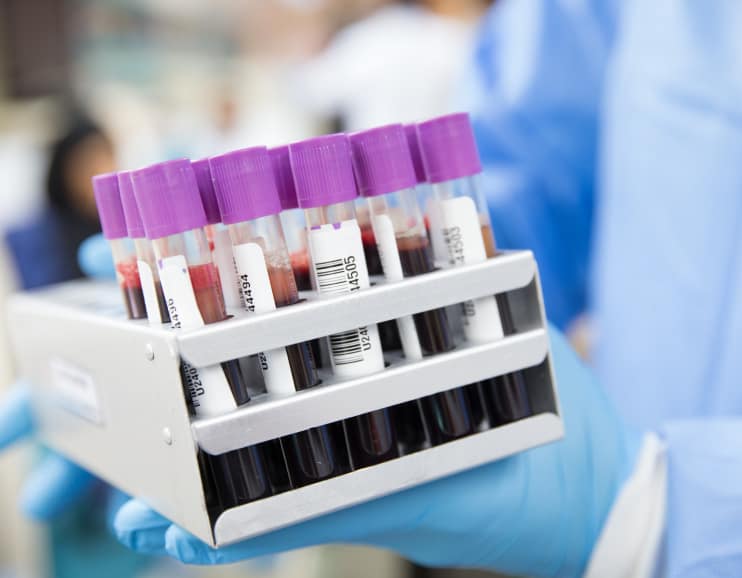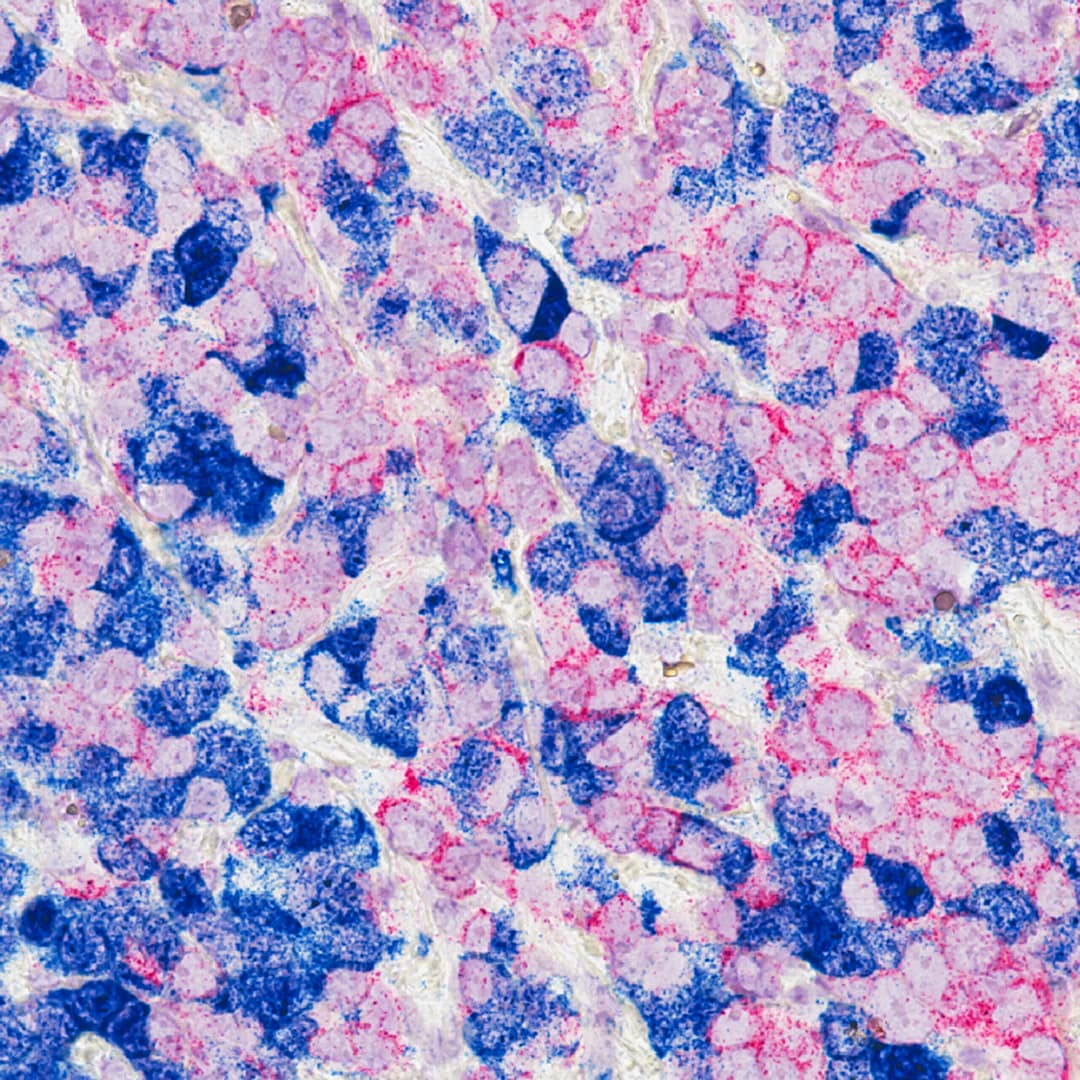
First FDA-Cleared Device for Intact CTC Harvest
Capture and harvest circulating tumor cells (CTCs) from metastatic breast cancer patient blood for user-validated analysis.
Benefits of the Parsortix PC1 system
Speak to us about how the Parsortix PC1 system could benefit your laboratory
Contact usLiquid biopsy is an emerging approach to cancer management that provides repeatable access to a tumour sample without the need for an invasive, and potentially dangerous solid tissue biopsy procedure.1
Download brochure Product intended useContact us to discuss how the Parsortix PC1 system can help with your laboratory’s liquid biopsy needs
Contact us
“As a breast cancer surgeon, I am very enthusiastic about the potential of liquid biopsy. Our pilot data shows that potentially the same information can be obtained from a simple blood test using the Parsortix® system as from an invasive tissue biopsy and indeed may be advantageous over invasive tissue biopsies in regard to the diverse sites of metastatic disease.”
Julie E. Lang
Chief of Breast Surgery, Cleveland Clinic. Formerly, Director, USC Breast Cancer Program, Associate Professor of Surgery, Norris Comprehensive Cancer Center, University of Southern California
Parsortix® PC1 system
The Parsortix® PC1 system is cleared by the FDA only when used with the MBC-01 Metastatic Breast Cancer Kit and ICT-01 Instrument Control Test kit in compliance with the approved instructions for use.
Product Intended use:
The Parsortix PC1 system is an in vitro diagnostic device intended to enrich circulating tumour cells (CTCs) from peripheral blood collected in K2EDTA tubes from patients diagnosed with metastatic breast cancer. The system employs a microfluidic chamber (a Parsortix cell separation cassette) to capture cells of a certain size and deformability from the population of cells present in blood. The cells retained in the cassette are harvested by the Parsortix PC1 system for use in subsequent downstream assays. The end user is responsible for the validation of any downstream assay. The standalone device, as indicated, does not identify, enumerate or characterise CTCs and cannot be used to make any diagnostic/prognostic claims for CTCs, including monitoring indications or as an aid in any disease management and/or treatment decisions.
References
- Cortés-Hernández LE, Eslami-S Z, Alix-Panabières C. Liquid Biopsy to Detect Circulating Tumor Cells: Is It Ready for a Value Proposition in Laboratory Medicine?. The Journal of Applied Laboratory Medicine. 2020 Sep;5(5):1027-37. NCCN Clincial Practice Guidelines in Oncology (NCCN Guidelines®), Breast Cancer. Version 2.2022, December 20, 2021.
- Carlson RW, et al, Metastatic breast cancer, version 1.2012: featured updates to the NCCN guidelines. Journal of the National Comprehensive Cancer Network. 2012 Jul 1;10(7):821-9
- Criscitiellio C, et al. Biopsy confirmation of metastatic sites in breast cancer patients: clinical impact and future perspectives. Breast Cancer Res 2014; 16(2):205-12
- Ring A, et al. Circulating Tumor Cell Transcriptomics as Biopsy Surrogates in Metastatic Breast Cancer. Annals of surgical oncology. 2022 May;29(5):2882-94.
